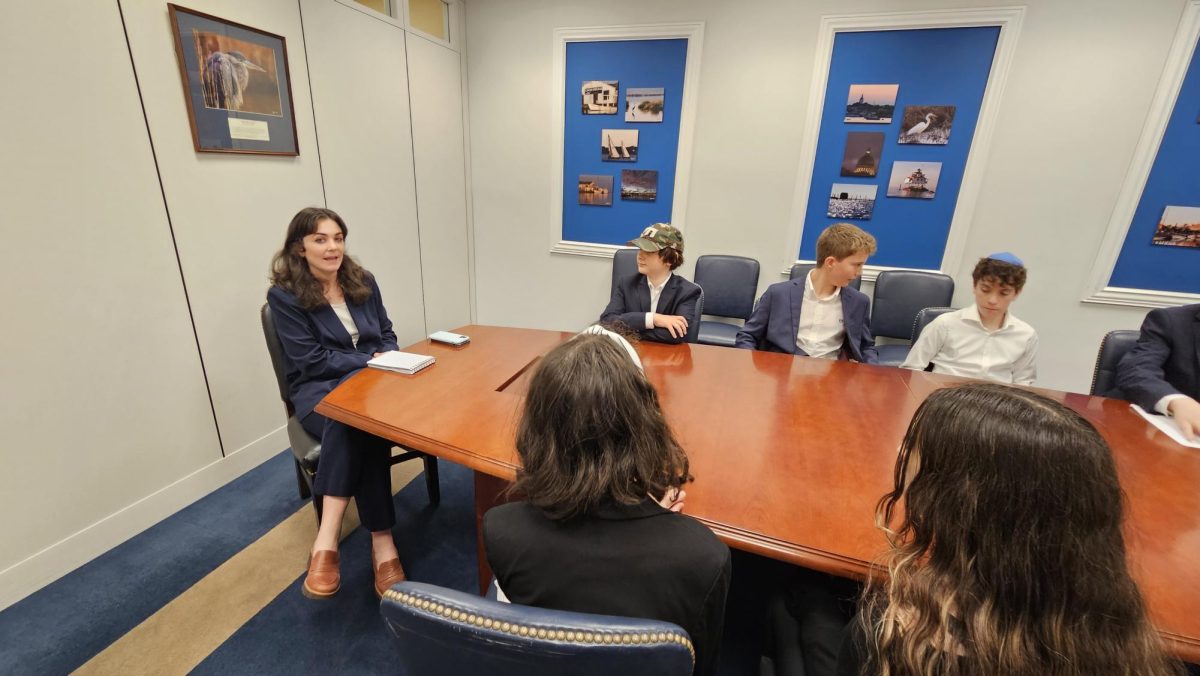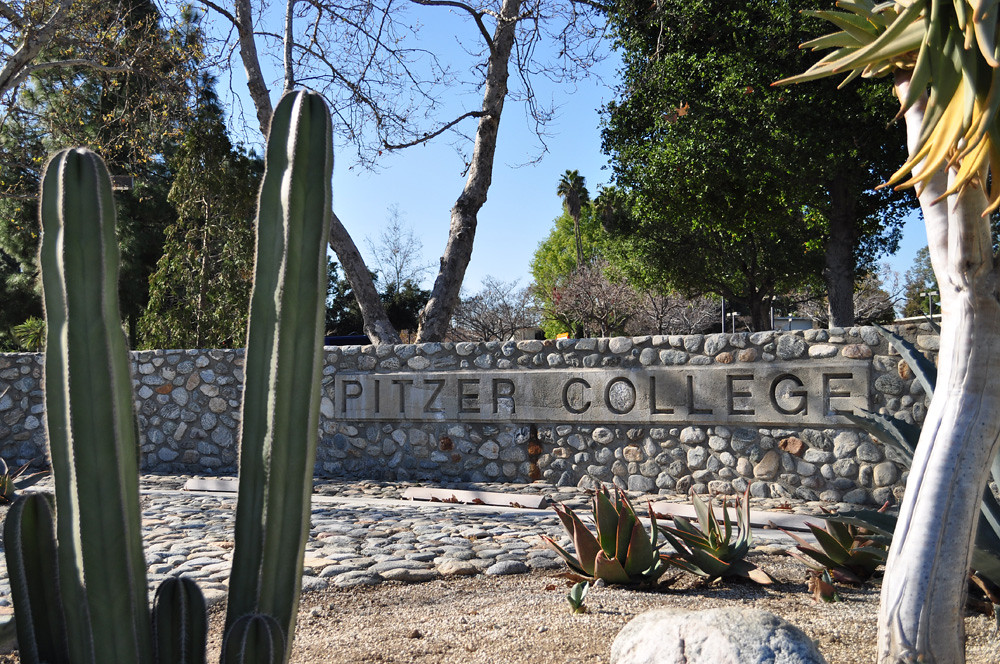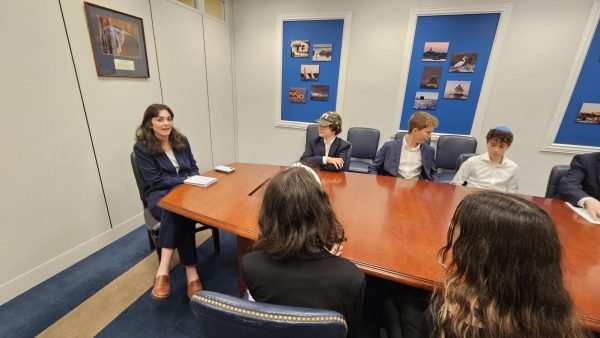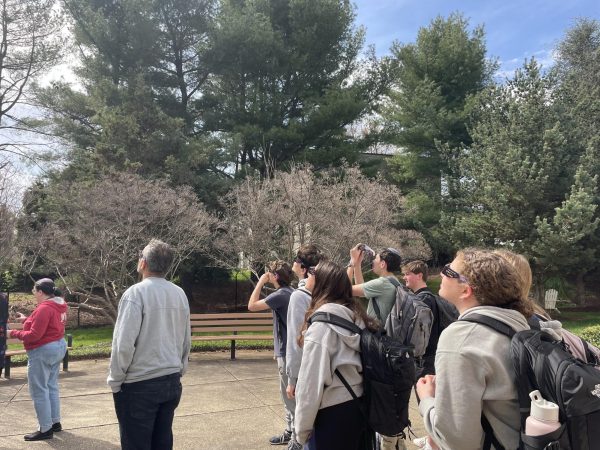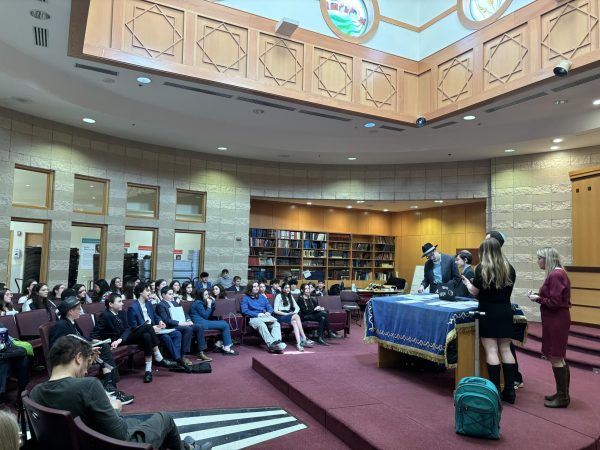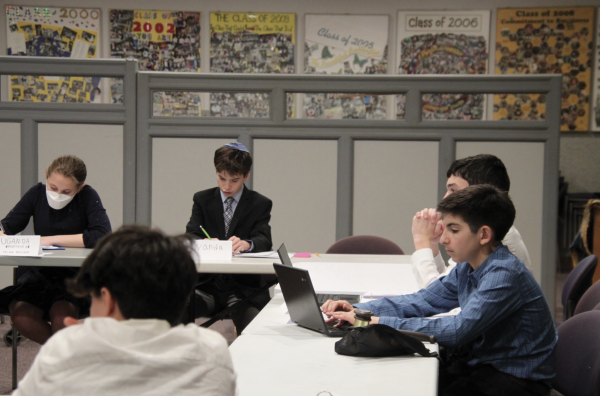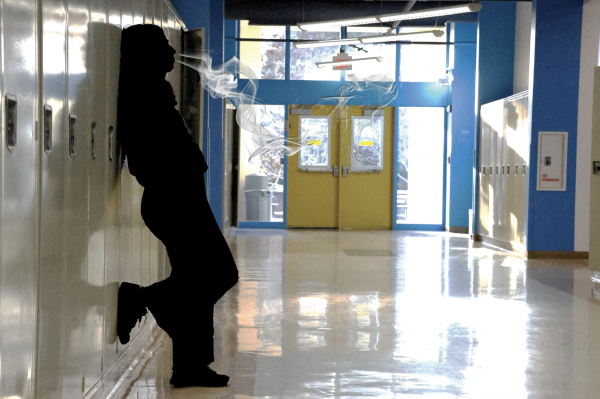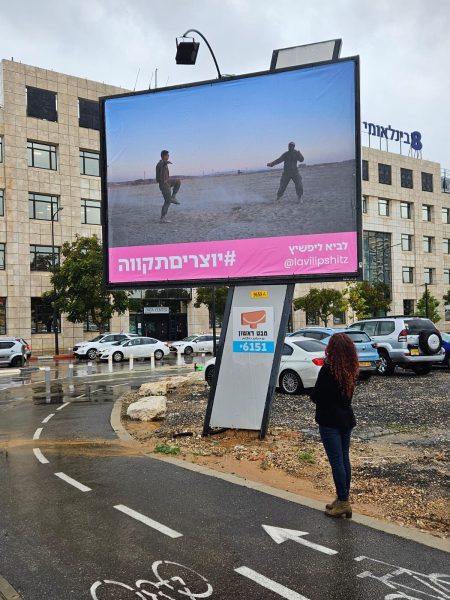Gas station inflation
June 10, 2022
As students and teachers drive into gas stations and see the alarming $4+ rates per gallon, they find themselves digging deeper into their wallets, questioning if there is any way they can take to save some money.
Junior Adam Goldfarb recognizes the rising prices but has simply learned to live with them.
“I am also mindful of the gas prices so I won’t go accelerating very quickly. I will be mindful to try to conserve gas but I am not necessarily going to change how often I use the car,” Goldfarb said.
The daily necessity of cars amid the rise in gas prices has caused people to rethink daily transportation, with many making the shift to electric cars, an option that does not require purchasing gas.
Goldfarb drives a 2011 Toyota Prius, a hybrid car that saves him a significant amount of money on gas. The Prius typically gets 50 miles per gallon compared to the average car which gets around 25.
“I am lucky to have such a car in this crisis and encourage people to get hybrids and electric cars,” Goldfarb said.
High School Principal Dr. Lisa Vardi has noticed an increase in electric cars in the carpool line. Vardi has considered purchasing an electric vehicle but she decided to wait until her lease for her current car is up.
“We must monitor these costs and see where we can save. So the price of gas contributes to that and also this idea that everything is more expensive so it affects lots of areas of life,” Vardi said.
High school math teacher Robert Shorr lives in Washington, D.C., and has a long commute to school each day. Shorr doesn’t see an easy solution that could save him money and says it’s something that he just “has to live with.”
Many people, including Shorr, have had difficult decisions regarding their means of travel. Public transportation is an option but can also be inconvenient. Shorr would have to take the Metro, which would add an extra half-hour to his commute.
For special occasions that require long car rides, Shorr believes that people should try to carpool and split the gas money until prices go down.
“Obviously coming to school is non-negotiable but I would try to carpool. If you all want to go somewhere, maybe try to carpool so it’s only one car and split the gas price or something,” Shorr said. “That’s what we did for a wedding in Philadelphia. We took people and split the gas because it’s better for the environment and financially.”
Similar to Shorr’s carpooling idea, many students take CESJDS school buses to and from school, as well as to athletics and extracurricular activities. However, according to Vardi, the combination of rising gas prices and inflation has also increased the cost of JDS’s school bus system.
“…That really affects the button line budget of the school. We must monitor these costs and see where we can save,” Vardi said.
Like Goldfarb, junior Devorah Freeman has a hybrid car but gas is still an expense for her because of her far commute to school from Virginia.
“Since [the prices] have risen I’ve obviously had to pay a lot more for gas, but also my car is a hybrid so I don’t get gas as often as other people. I have a long commute to school every day and because of this, I have been paying a lot for gas. Like yesterday I filled up the tank and it cost $55,” Freeman said.
As of right now, the members of the JDS community are going to have to learn to live with these rising gas prices while the world navigates a solution.
“Gas prices have not affected me because I don’t have any other options. I live in DC with my wife. We have to drive into our jobs and suck it up. It is costing us more right now but we have not found a practical solution to avoid driving,” Shorr said.







